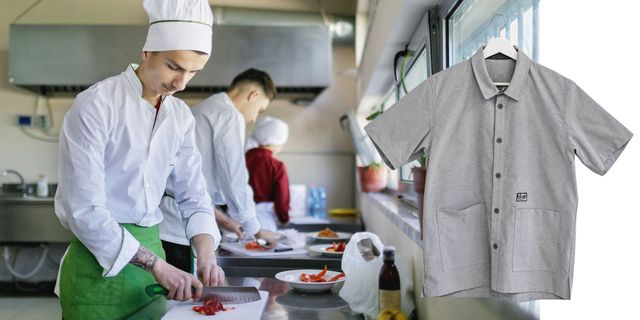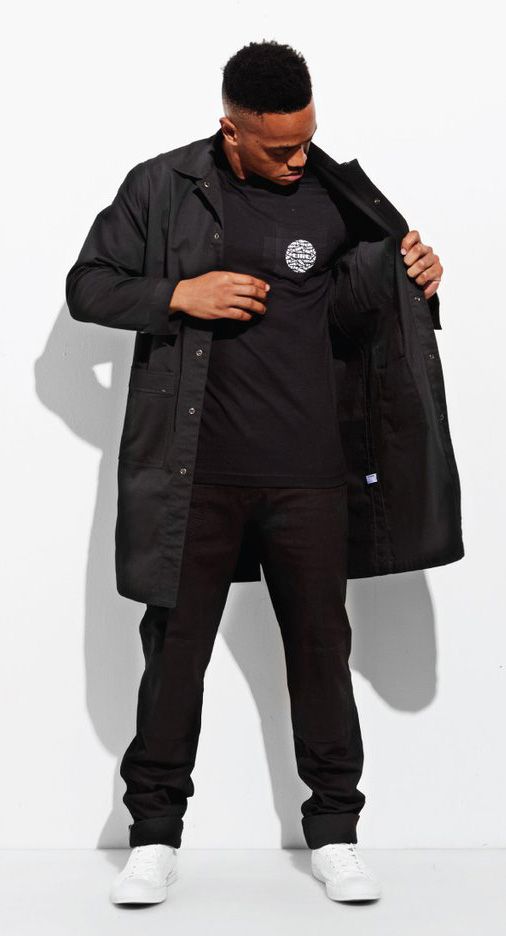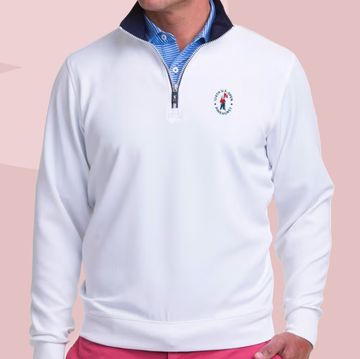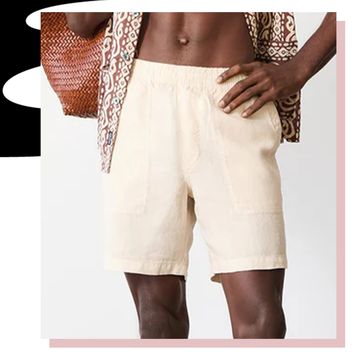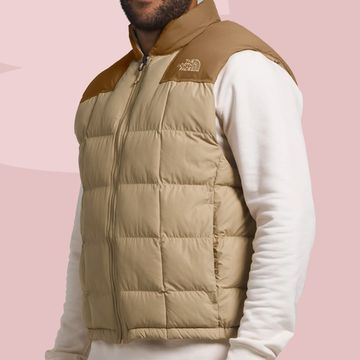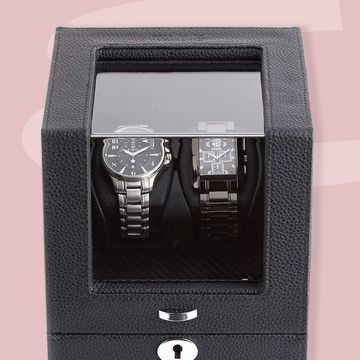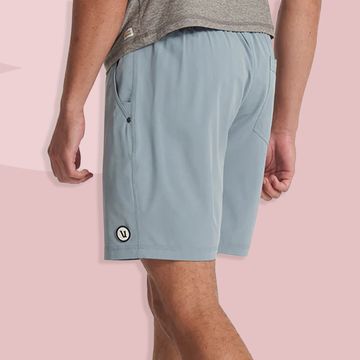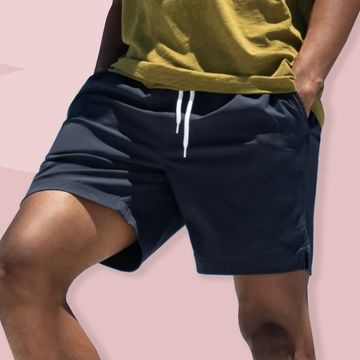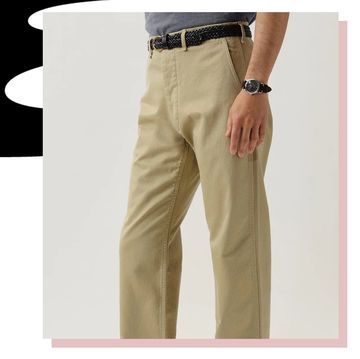Alex McCrery is a natural-born chef, with a resume to prove it, including stints at haute Creole institution Commander's Palace in New Orleans and Aureole in New York City, plus four years working as private chef for Jerry Seinfeld's family. And yet for all his success, there was one aspect about being a chef that he hated so much that it eventually drove him to quit cooking and changing industries entirely: the clothes.
"I felt like I was doing such a cool profession that people thought, like, 'Oh these guys are like the new rock stars,'" McCrery says. "But here I'm running around New York City feeling like a goon in these oversized clothes and things that you didn't want to wear outside."
Nicholas Wilber, executive chef at the hospitality agency Silkstone–best known for operating the highly regarded modern British restaurant The Fat Radish in Manhattan–agrees. "I think mass-market chefwear is still living in the days of the burgages," he says, referring to a bygone era of British history. "Double breasted jackets with long sleeves and stiff collars. They just don't do it for me."
Anyone who's ever worked in a restaurant knows what he's talking about. Kitchens at every level of the industry are full of people sweating their asses off in mass-produced chefwear that's unflatteringly designed and made out of uncomfortable synthetic fabrics. "They don't fit, they aren't comfortable, they have nothing to do with current fashion," McCrery says.
When he went in search of chefwear that he wouldn't mind being seen in, "we couldn't find it anywhere." So he decided to make his own.
In 2012 McCrery and his wife Jenny Goodman (they met when she was working front of house at Commander's Palace) launched Tilit, a line of workwear made for the modern restaurant kitchen, with their open-plan designs, artisanal philosophies, and increasingly style-conscious chefs desperate for an alternative to what he calls "clown clothes." Drawing inspiration from brands like Carhartt Work In Progress and the streetwear scene surrounding Tilit's Lower East Side headquarters, McCrery's turned the whole concept of chefwear on its head.
Along with the expected aprons and traditional chef's coats, Tilit's expanded to offer a full range of sharp, modern workwear, with not a single cartoon chili pepper in sight. There are denim button-ups, oversized BDU-inspired fatigue pants, the requisite chore coat that any self-respecting brand has to have right now, all made in New York out of fabrics that feel a world away from the scratchy polyester that's defined kitchen life for decades.
The clothes look good, but they're also still made to be worked in. McCrery and Goodman regularly ask their customers for feedback, and according to Goodman the staff at Tilit has racked up something like 800 thousand hours in kitchens, which has led to clever design touches like cell phone pockets inside their aprons, and apron tabs on the backs of their shirts and coats. Plus, as Goodman points out, the quality of material you're wearing in a hot kitchen can really matter. "You know, a hundred percent polyester coat when you're cooking over a hot stove doesn't breathe," she says. "You're wearing basically a plastic bag."
A growing number of chefs swear by Tilit, including Nicholas Wilber. "I do have a little bit of the old school chef influence in me," he says, "and I like the classic white. But I'm also a chef that travels between different locations, and the fact that I can keep my jacket on when walking down the streets of New York is something that I really like."
Aside from popularizing men's clogs among a certain set of Brooklyn creative professionals, chefs haven't ever had much influence on fashion, but McCrery thinks that could change. He might be right. The pair of tactical pants that Tilit gave me to try out are roomy but structured, with a plethora of pockets and little details like reinforced knees that set them apart from the average cargo pant. They're made out of a poly-cotton blend but after a couple wears and a wash they felt a million times softer than the Dickies I used to wear. In fact, they're probably the most comfortable work pants I've ever worn, not to mention the most flatteringly cut. After discovering how versatile they are–they look great with a bomber jacket and running shoes or a collared shirt and chukka boots–I've had them in such heavy rotation that I'm starting to think McCrery's dreams of getting chefwear out of the kitchen and onto the street isn't so crazy after all.
